It used to be that a brand’s interaction with a customer was seen only as a top-down, one-way transaction. It began with pulling a customer into the sales funnel by engaging their interest in a product, narrowed in by convincing them to purchase, and ended with making the sale. Even converting an existing customer into a repeat customer was considered part of the end of the funnel, and a great deal of focus remained on the top of the funnel and engaging new customers.
But this top-down focus has become outdated in the ever more fragmented and complicated world of online marketing. With audiences becoming more and more segmented, and their needs becoming more complex, a holistic view is required to fully address their consumption habits and capture the most value from each customer. A top-heavy approach that primarily focuses only on attracting new costumers won’t cut it any longer. This is why the sales funnel is no longer the best-fit approach for the digital age.
That’s where the customer lifecycle approach comes in. A recent Forrester report goes into great detail on why switching to the customer lifecycle approach is so important, and we at Wpromote have already fully embraced placing the customer in the middle of a cycle rather than trying to shunt them through a funnel.
Let’s walk through the different steps of the cycle and what makes each part so important: not just to customer retention, but for customer happiness.
1) Discovery – Discovery is how customers find your brand. This step is part of the normal sales funnel as well, and a typical part of any advertising campaign. The discovery step consists of display advertising, such as banner ads, as well as social advertising on social networks like Facebook, Twitter, and Instagram. Discovery is the process of ensuring that customers, no matter where they are on the Internet or what they’re doing, can find your brand and make their way to your website.
2) Explore – In the exploration phase, you want to get a little more targeted now that your intended customer has started 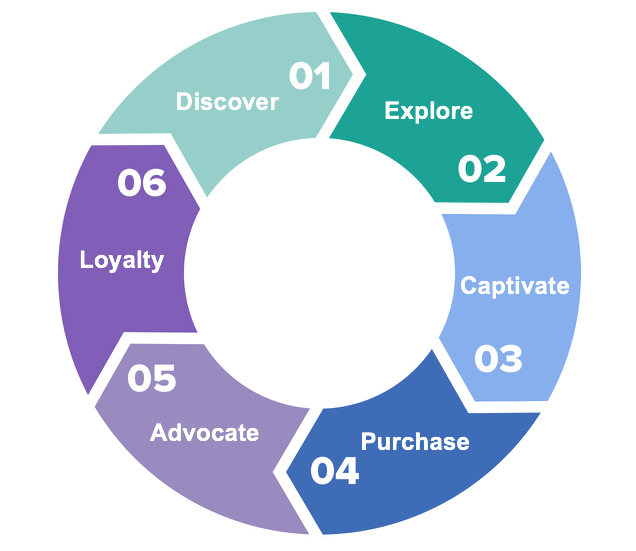 to discover your brand. Targeted PPC ads set up through Google AdWords are the ideal method for reaching your customer when they’re searching non-branded keywords that are relevant to your products or services. Ensuring you have offerings like infographics or other content marketing will make your brand more visible in the search engines for generic searches.
to discover your brand. Targeted PPC ads set up through Google AdWords are the ideal method for reaching your customer when they’re searching non-branded keywords that are relevant to your products or services. Ensuring you have offerings like infographics or other content marketing will make your brand more visible in the search engines for generic searches.
3) Captivate – The captivation step is where the customer lifecycle truly begins to shine and differentiate itself from the sales funnel. This step is all about engaging the customer and making them feel valued, as well as encouraging them to have fun and feel that your brand is worth investing in. The captivation step thus consists of social media ads that are fun and exciting, like contests and trivia, as well as lightboxes meant to capture emails.
4) Purchase – This step, while also part of the traditional sales funnel, is taken further in the customer lifecycle model. It’s not just about allowing the customer to select the item to purchase on a product page; it’s about nurturing the purchase in new and innovative ways. This can include creating custom content, as well as dedicated marketing promotions and launch events to help entice customers to the company website in the first place.
5) Advocate – The fifth step is where the customer lifecycle truly moves beyond the sales funnel. Converting a customer into an advocate of the brand ensures their repeated business. This is done by making the customer feel valued and respected, like an active participant in the brand’s lifestyle instead of just one more dollar sign. Encourage customers to interact with your brand on social media. Utilize cause marketing to raise brand awareness and engender goodwill in your audience.
6) Loyalty – Converting a brand advocate into a loyal, lifetime consumer is the ultimate goal of the customer lifecycle. Winning a customer’s loyalty can ensure that they will stick with your brand for years to come, and select your brand over all competitors. It can also mean they’ll recommend your brand to friends and family. Encourage customer loyalty by continuing to engage your customers in fun and exciting ways, like photo contests and personalized emails.
The key takeaway of the consumer lifecycle lesson is that the brand-consumer relationship doesn’t end with the purchase. Keep your customers engaged throughout their path to purchase, and continue to interact with them even once the purchase is complete. Reassure customers that they matter to your brand as a person, not as a number, and they will feel encouraged not only to buy from you again, but to advocate your brand to their friends and family, helping to convert even more consumers. This is something the traditional sales funnel could never achieve. Making the switch to the customer lifecycle is the logical next step for customer-focused brands in the fast-paced digital age.
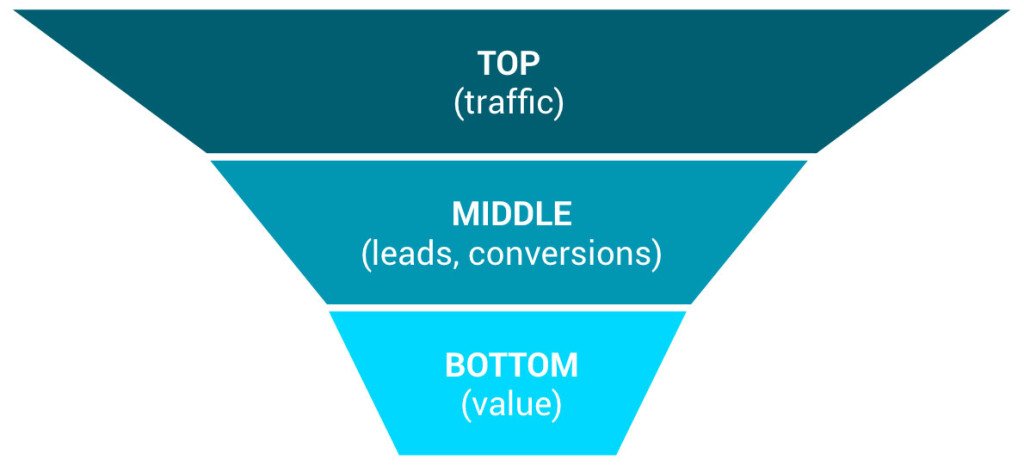
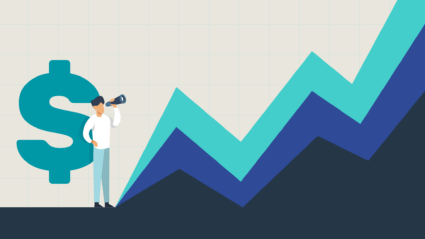

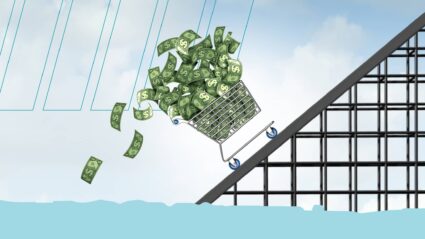
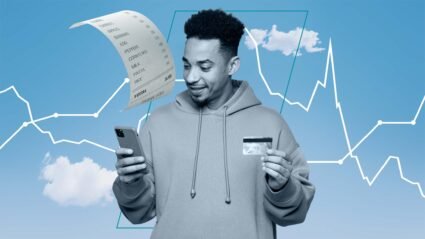
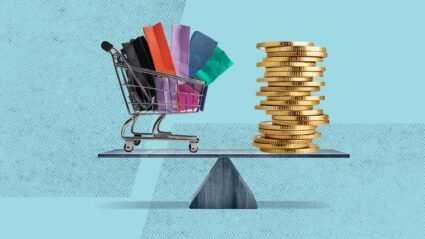
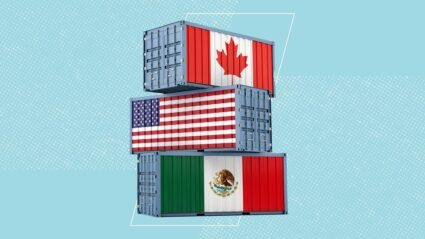
Responses